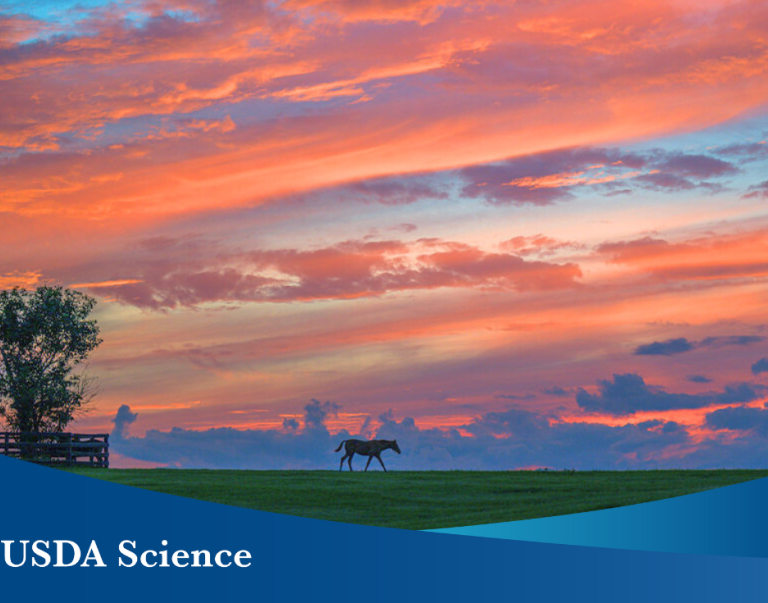WASHINGTON, July 18, 2012—Agriculture Secretary Tom Vilsack today designated 39 additional counties in eight states as primary natural disaster areas due to damage and losses caused by drought and excessive heat. During the 2012 crop year, the U.S. Department of Agriculture (USDA) has designated 1,297 counties across 29 states as disaster areas, making all qualified farm operators in the areas eligible for low-interest emergency loans. The additional counties designated today are in the states of Arkansas, Georgia, Indiana, Mississippi, New Mexico, Tennessee, Utah and Wyoming. The U.S. Drought Monitor currently reports that 61 percent of the continental United States is in a moderate to exceptional drought.
"Our hearts go out to all of those affected by this drought," said Vilsack. "President Obama and I are committed to ensuring that agriculture remains a bright spot in our nation's economy by sustaining the successes of America's farmers, ranchers, and rural communities through these difficult times. That's why USDA officials are fanning out to affected areas, to let our farmers and ranchers know that we stand with you and your communities when severe weather and natural disasters threaten to disrupt your livelihood. And that is also why it is important that Congress pass a food, farm and jobs bill that ensures a robust safety net for producers in times of need."
Earlier in the week, USDA also designated the entire state of Missouri a disaster area due to drought in response to a request from the state's governor.
Increasingly hot and dry conditions from California to Delaware have damaged or slowed the maturation of crops such as corn and soybeans, as well as pasture- and range-land. Vilsack has instructed USDA subcabinet leaders to travel to affected areas to augment ongoing assistance from state-level USDA staff and provide guidance on the department's existing disaster resources. To deliver assistance to those who need it most, the Secretary last week effectively reduced the interest rate for emergency loans from 3.75 percent to 2.25 percent, while creating greater flexibility for ranchers within the Conservation Reserve Program (CRP) for emergency haying and grazing purposes. In addition, the disaster designations announced today fall under a new, streamlined process that simplifies Secretarial disaster designations and will result in a 40 percent reduction in processing time for most counties affected by disasters.
The Secretary of Agriculture is authorized to designate disaster counties to make disaster assistance programs available to farmers and ranchers. During times of need, USDA has historically responded to disasters across the country by providing direct support, disaster assistance, technical assistance, and access to credit. USDA's low-interest emergency loans have helped producers recover from losses due to drought, flooding and other natural disasters for decades. By reducing the interest rates to 2.25 percent, emergency loans immediately come into line with other rates in the marketplace and provide a much-needed resource for producers hoping to recover from production and physical losses associated with natural disasters.
USDA agencies have been working for weeks with state and local officials, as well as individuals, businesses, farmers and ranchers, as they begin the process of helping to get people back on their feet. USDA offers a variety of resources for states and individuals affected by the recent disasters. For additional information and updates about USDA's efforts, please visit www.usda.gov/disaster or USDA's drought page.
Primary counties and corresponding states designated as disaster areas today:
Arkansas:
Arkansas County
Cleburn County
Cleveland County
Crittenden County
Jefferson County
Lee County
Lonoke County
Monroe County
Phillips County
Prairie County
St. Francis County
Georgia:
Douglas County, Georgia
Indiana:
Bartholomew County
Brown County
Clay County
Hamilton County
Hancock County
Hendricks County
Johnson County
Marion County
Monroe County
Morgan County
Owen County
Parke County
Putnam County
Shelby County
Mississippi:
DeSoto County
Panola County
Tate County
Tunica County
New Mexico:
Cibola County
Tennessee:
Shelby County
Tipton County
Utah:
Garfield County
Kane County
Wasatch County
Wayne County
Wyoming:
Fremont County
Sublette County
The Obama Administration, with Agriculture Secretary Vilsack's leadership, has worked tirelessly to strengthen rural America, maintain a strong farm safety net, and create opportunities for America's farmers and ranchers. U.S. agriculture is currently experiencing one of its most productive periods in American history thanks to the productivity, resiliency, and resourcefulness of our producers. A strong farm safety net is important to sustain the success of American agriculture. USDA's crop insurance program currently insures 264 million acres, 1.14 million policies, and $110 billion worth of liability on about 500,000 farms. In response to tighter financial markets, USDA has expanded the availability of farm credit, helping struggling farmers refinance loans. In the past 3 years, USDA provided 103,000 loans to family farmers totaling $14.6 billion. Over 50 percent of the loans went to beginning and socially disadvantaged farmers and ranchers.
#
USDA is an equal opportunity provider and employer. To file a complaint of discrimination, write to USDA, Assistant Secretary for Civil Rights, Office of the Assistant Secretary for Civil Rights, 1400 Independence Avenue, S.W., Stop 9410, Washington, DC 20250-9410, or call toll-free at (866) 632-9992 (English) or (800) 877-8339 (TDD) or (866) 377-8642 (English Federal-relay) or (800) 845-6136 (Spanish Federal-relay). USDA is an equal opportunity provider and employer.


